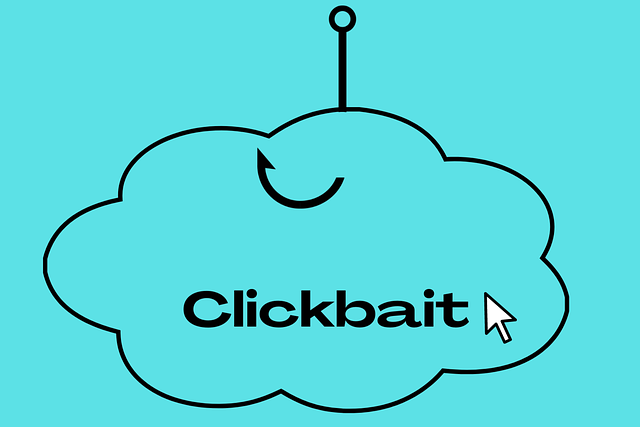The Internet lives and breathes content. Everything we click on is produced and published to sate our curiosity or need for entertainment. As with all things lucrative, companies swoop in to capitalise and we experience an era of oversaturation. This is why online marketing and social media spaces are filled to the brim with content farms and their output.
Many decry the onslaught of low-quality, fast food-esque assembly line content that these companies produce. But why? Let’s explore.
What is a Content Farm?
Farming content is the process of creating rapid-fire articles, blogs, videos, or other content to game the algorithms into generating clicks, engagement, or achieving better SERP positions. Content farms (also known as content mills) don’t just produce content, otherwise, the label would apply to any company that makes articles or videos for clicks. The practices they engage in set them apart from regular websites and creators.
This form of digital content production often involves chasing after clickable topics with high-volume and low-quality content distributed across many different low-authority domains. Content farms can make a whole variety of articles but the most common are FAQs, HowTos, Tutorials, and listicles. These can clog up search results with low-quality information. They often do this to fool advertisers into thinking they have massive engagement rates.
Content creation studios and even whole buildings put out this content as a means of making money. Critics have labelled this style fast content which, much like fast food, has undesirable results. Consequently, many search engines identify content from content farms as spam or just do not rank it.
How Do Content Farms Make Content?

Content farms often utilise a number of methods that are unethical or produce bad content. This can include:
- Scraping content i.e., lifting and publishing it without permission, from other sites.
- Utilizing AI to crank out mass-produced low-effort work (often plagiarised or paraphrased).
- Translating someone else’s work and posting it as their own.
- Aggregating other people’s content for easy clicks.
To recognise a bad content farm with low-quality content, look out for these signs:
- Insufficient information and low authority on a subject.
- Excessive advertising.
- Low effort or shoddy web design.
- Links without any rhyme or reason (simply for the purpose of gaming SEO).
- Plagiarism.
- Images with low quality or without attribution.
- Sensationalist headlines.
- Unsourced information or unfounded conjecture.
- Lack of expertise or subject knowledge.
Why Content Farms Are Bad
The problem with content farming resides in the content creation workflow. As mentioned earlier, many of the companies that engage in this sort of production plagiarise content. Not only is this bad from an ethical perspective, but it also diminishes the SEO of the original article that was copied (akin to keyword cannibalization). An original work can end up getting a worse ranking from a keyword-stuffed or algorithmically optimised copy.
Companies that engage in these activities are often looking for clicks and do not have authority on these topics. For search engines, one of the primary goals of their algorithms is to bring experts and high-value links to the top. When a content mill finds a way to game the algorithm, it is devaluing the search results and trust in the search engine.
This is also bad for advertisers who may be looking for a good website. While click farming produces short-term numbers, it doesn’t inspire a lot of trust from consumers. This can mislead advertisers into thinking they will achieve a better ROI.
Not all content farms are inherently bad. They can engage in ethical practice by having human writers that produce well-researched content. The problem often arises from the methods they use and when their work is largely clickbait.
Why is Clickbait Bad?

A large part of what such companies do is gather clicks. Is this bad by default? Isn’t this what the aim of almost all marketing content is? The primary issue with clickbait is that it often achieves clicks with unsavoury means.
When a company produces a clickbait thumbnail or headline, they are often deceiving the user with low-quality content. Clickbait seeks only the initial engagement signals often without even having the answer to the user’s query. The term is also associated with false advertising, where you get something entirely different due to keyword stuffing for a different search intent.
All in all, content farming is a negative side effect of the convenience and ease of use the Internet provides. At the end of the day, we all have to be conscious of checking our sources of content and information to make sure the right people are receiving attention and original authors are credited for their work.


